Nancy Floyd’s award-winning series Weathering Time began with a simple question in 1982: “What would it be like to photograph myself every day and watch myself grow older?”
She was 25 years old at the time and had just graduated from The University of Texas in Austin the winter before. “By early summer I had saved enough money to purchase a used Olympus OM1 to go with my older Pentax SP1000,” she says. “I’d never owned two cameras and wasn’t sure what to do with them. During a conversation with a friend we discussed photographing myself every day for 20 years so I could watch myself grow older… 45 seemed old at the time.” She attached the Pentax to a tripod and set it in the corner of her room, with a plan to take a picture of herself every morning at 9am.
Nancy’s methodology was simple: she chose a 50mm lens and aimed it directly at herself capturing her body head to toe. “If I failed to take a picture on a given day, I advanced the film one frame so no image was recorded. Each roll of film captured one month. There were many days, some months, and even three years in the 1990s when I did not take pictures.” By 2006, she had begun using a point-and-shoot digital camera when she travelled for extended periods of time. “In 2019 I moved away from film and now shoot exclusively with a digital camera. Beginning in 2012 and continuing today, I occasionally re-enact a particular image in the archive to contrast the changes over time. I am also adding old family photographs from my parent’s archive.”
The resulting “visual calendar”, as Nancy calls it now, consists of over 2,500 photographs. “Most often I’m by myself in these straightforward images, but sometimes I’m with family and friends. As time passes, births, deaths, celebrations, and bad days happen. Pets come and go, fashions and hairstyles evolve, typewriters, analog clocks, and telephones with cords disappear; film gives way to digital and the computer replaces the darkroom.”
“While Weathering Time chronicles my youth to the dawn of my old age, the images also reflect the experiences of my generation and underscore the cultural, technological, and physical changes that have occurred over the past 38 years.”

Can you talk a little bit about your work outside of Weathering Time and what stories you’re drawn to telling?
The underlying theme of my artwork has consistently been autobiographical in nature, and reflects my own background and experience. In 1986, I completed a mixed-media installation about my brother who was killed in Vietnam; in 1992, I completed a photo documentary on nuclear power workers and their families (at the time my husband worked in nuclear power); in 2002, I completed a mixed media installation about ageing, mortality, and loss using myself, my family, and my abandoned childhood home as subject matter; and in 2008, I wrote a book about women gun owners in America.
I’ll give you an example of how I work by talking about how I came to photograph women gun owners. The project arose from curiosity of my brother’s interest in firearms and his desire to be a gunsmith. Jim trained in small arms repair in the Army and was killed in Vietnam in 1969, when I was 12 years old. During America’s first Gulf War in 1993, I thought a lot about my brother and my anti-war stance, eventually choosing to investigate his interest in firearms by purchasing my own handgun and learning how to shoot it. There was no plan to turn this personal curiosity into a project. However, during my weekly visits to an indoor gun range I met many women who had recently purchased firearms. I discovered that the firearms industry had taken notice of this increased interest and was strategically targeting women in their advertising. This piqued my interest and the journey of photographing and interviewing gun women began, while also doing research on the ways women represented themselves and how they had been represented by others over time.

You embarked on Weathering Time, a long-term, biographical project, aged 25. At the time, did you have any idea or conviction you’d see if through this many decades? What motivated you to keep going with it?
I’ve never had a problem with motivation. It was simple enough to get up in the morning, grab the cable release, stand in front of the camera, and squeeze. Because the images were captured on film, I couldn’t view the result and so I didn’t think much about my daily practice.
Once every year or so I would process the film and make contact sheets. Then, everything would be filed away.
There were a few times I grew tired of making self-portraits. In my 1984 journal, I wrote that I did not photograph the rest of May because I was “burnt out”. In addition, I stopped the process in 1991 and 1992 and then again in 1995. In January of 1996, I acknowledged the importance of the work and started up again. My thought at the time was that I only had to do it for eight more years to fulfil my 20-year goal.
At 20 years, I scanned all the negatives and created a video out of the stills. By looking closely at each image during the scanning process, it became clear that there was more going on in each picture than just my ageing body. I knew that to continue the self-portraits would reveal more surprises. To be honest, I don’t think I would have stopped anyway. It had become a lifetime commitment for me. On occasion, I still skip months, but I no longer skip years.

Many artists when embarking on a long-term photographic project like this get to know the subjects of their images intimately – whether an individual or a community. In this case the subject is yourself. What do you think you’ve learnt about yourself whilst making this?
I’m not sure that I’ve learned anything about myself because each image is only a fraction of my day. Because of my process, I’ve recorded events that I might not otherwise have photographed. By looking at those events I’ve come to new understandings of my project. For example, the week my dad was dying, my family and I spent a great deal of time sitting around, making plans, and telling stories. Looking back, there were so many poignant moments with Dad and my family. The photographs remain as my evidence. There are two photos of my dad alive, and then his room absent of him, and then my family gathered. Later in the month, I am back home in Atlanta on the front porch with two friends celebrating Dad’s life, and later, I’m in the front yard with my husband Robin. While the photographs sadden me, I also view them fondly because of how close I felt to my family and friends at the time. I’ve come to acknowledge that while my archive started out about my life, it is becoming increasingly about the loss. Loss of my youth, innocence, and loved ones.
With a project like this, I’m not thinking about the importance of the image I take at the moment of exposure. However, the further I look back in the archive, the less mundane my images are to me.

How comfortably did this begin to fit your daily routine? Did it become a chore or did you always enjoy the structure and routine of doing so?
When the camera is set up in the corner of a room and all I have to do is grab the cable release and stand a few feet away and snap, it’s easy to follow a routine. And I do enjoy standing in front of the camera for that fraction of a second.
Since moving to the Northwest in 2018, it’s become more burdensome because I don’t have a designated spot where I wish to set up and leave the camera. My default is always the front porch because I love porches and I sit on my porch all the time. But it means dragging the camera out and setting it up. The result is that I don’t photograph myself as often as I’d like. At present, there is no daily routine.
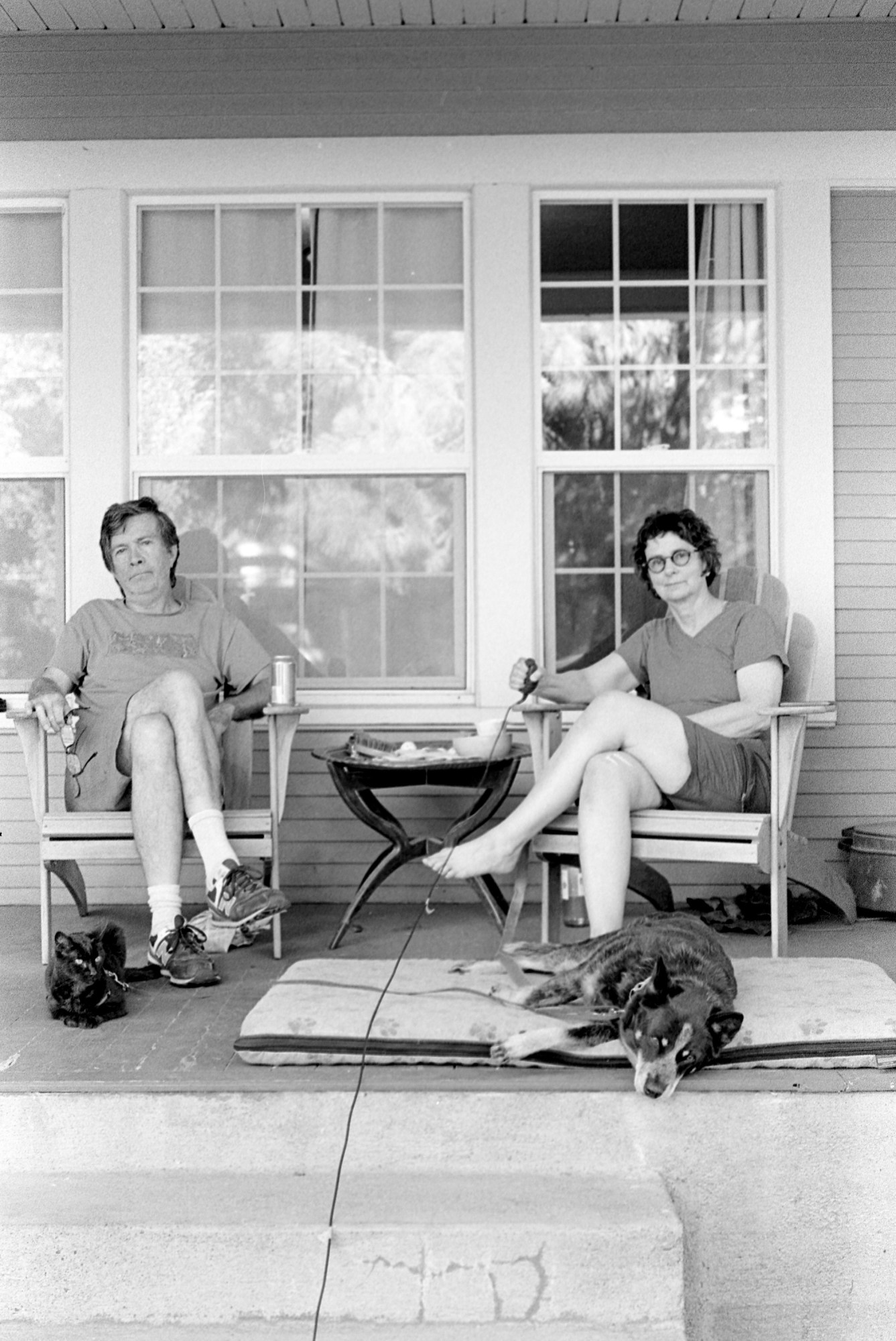
Looking at yourself at 25, what do you see – as an artist and photographer, but also as a person – that’s different, beyond the trends and superficial changes on the surface of these images?
I started this project a year before entering my first graduate program in Chicago. When I look at myself at 25, I see a young, ambitious artist who diverted all her energy into her studies. I had one focus and it can be seen in all the photos: what I’m reading sits on my end table and rolls of film, cameras, studio lights, and my typewriter for writing my papers show up often. In one image there’s an envelope containing photos I’m submitting for an art competition and in another, I’m holding the envelope with my acceptance letter from Cal Arts. For the first five years, from 1982-1987, I had one goal — to become an artist. I left close friends and loved ones when I left Texas for graduate school. Nothing would stand in my way.
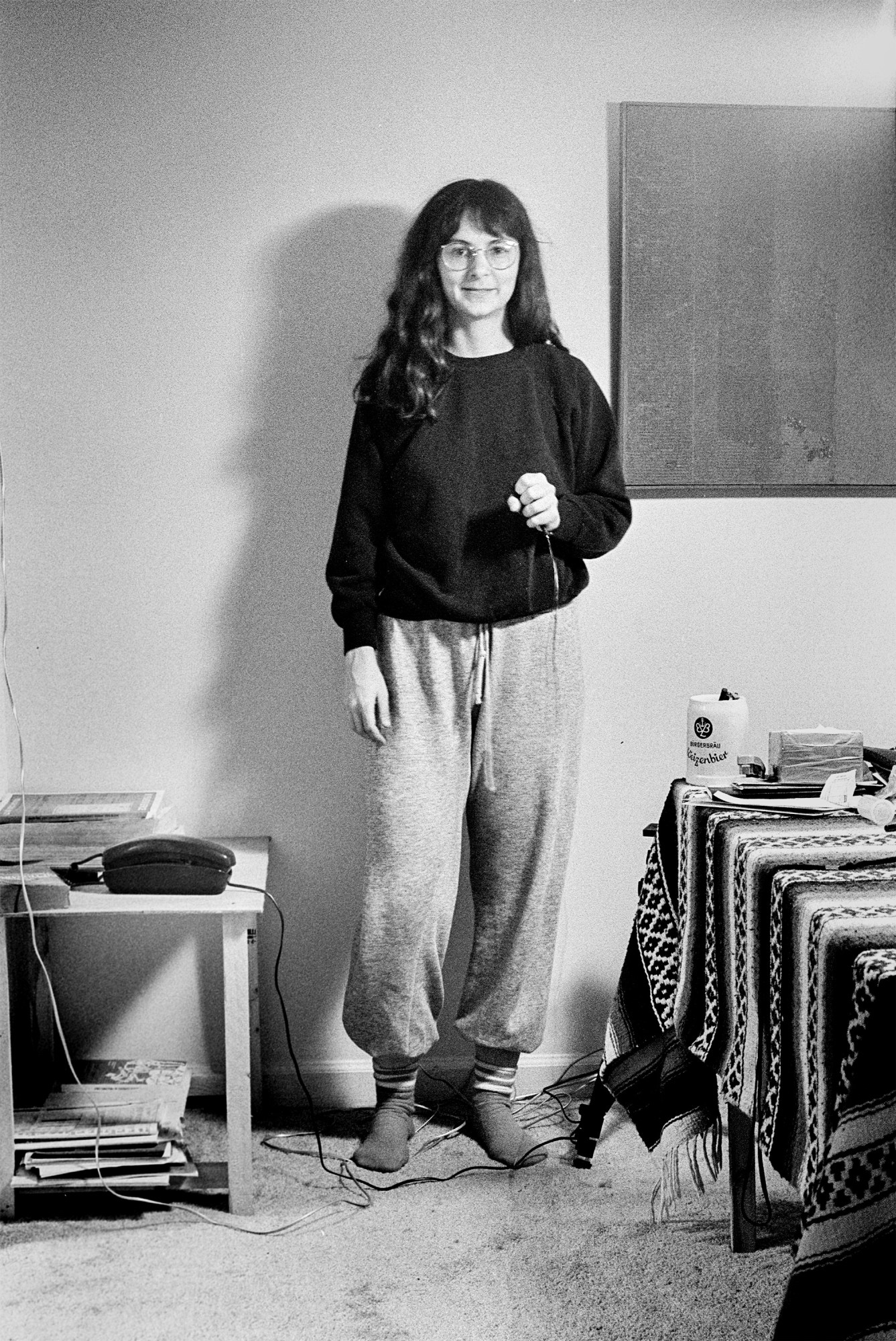
As an outside viewer, these images suggest a serenity and comfort to your life. Looking through them, can you identify moments of difficulty that perhaps the cursory glance from might not reveal?
The style of my photographs do not lend themselves to reveal trauma or struggle. On occasion, I have a sprained ankle or broken hand, or I’m holding a photograph of a deceased loved one. There’s a year or two when I become thin. But each photograph is just a trace of the day’s events.
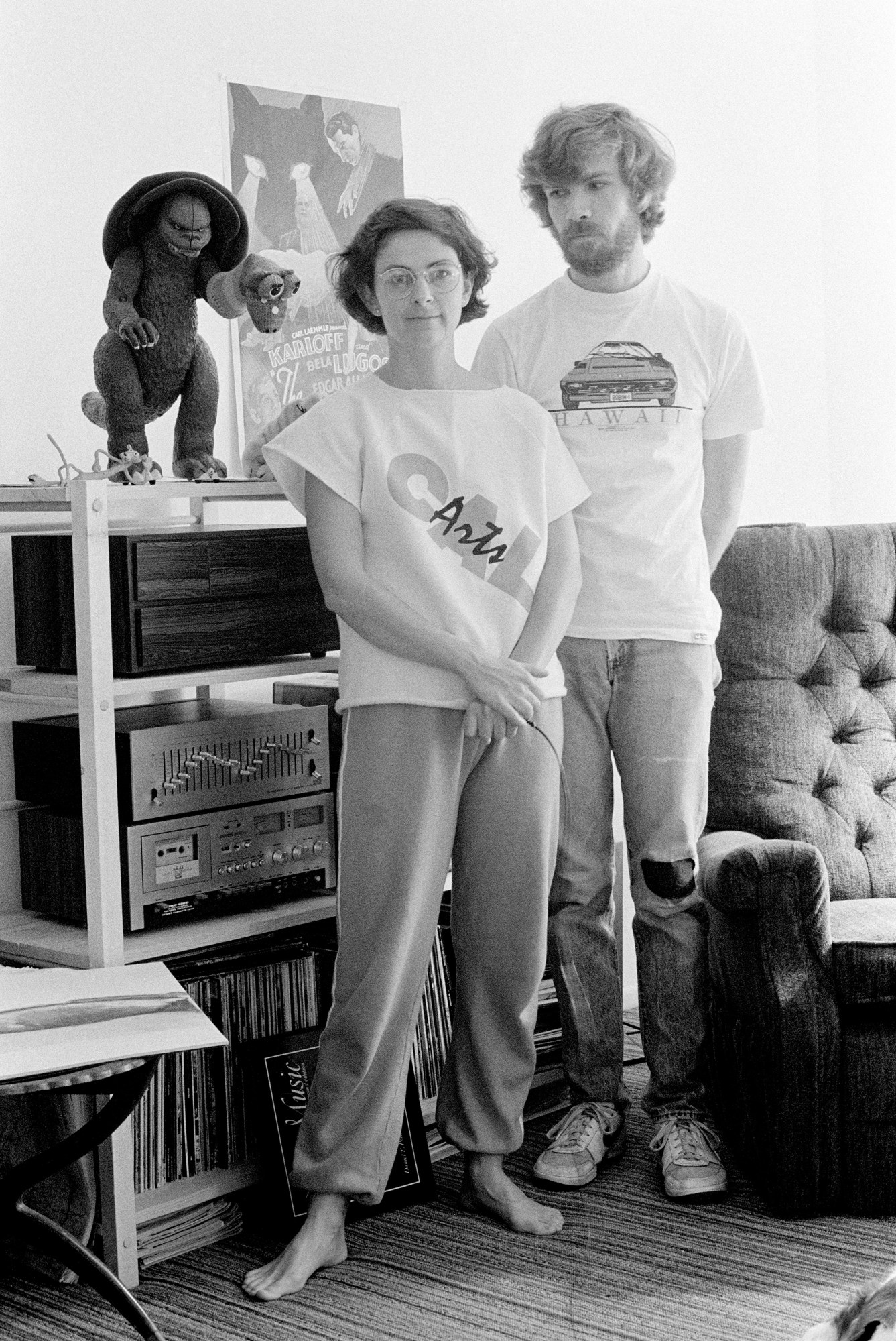
What do you most enjoy about compiling these thousands of images together?
I like the surprises that arise when I pull together photographs to create new categories, such as Trousers or Shirts with Word. It’s delightful to discover an occasional image where someone acted up at the moment the shutter was released and did not smile for the camera, but rather made a face or used their fingers to create horns behind me or another person’s head. I also enjoy enlarging the images to see the details of the room and the objects I surrounded myself with in the past.
I’ve been waiting for years to be the same age as my parent’s in my pictures. This year I made my first image: Mom and Me at 63. Viewing the pictures side-by-side there is no doubt that I am my mother’s daughter.
My dream is to someday have the opportunity to exhibit all the photographs in chronological order, with blank spaces for the days and years I did not take pictures. It would be fascinating to view all the images together, unedited.
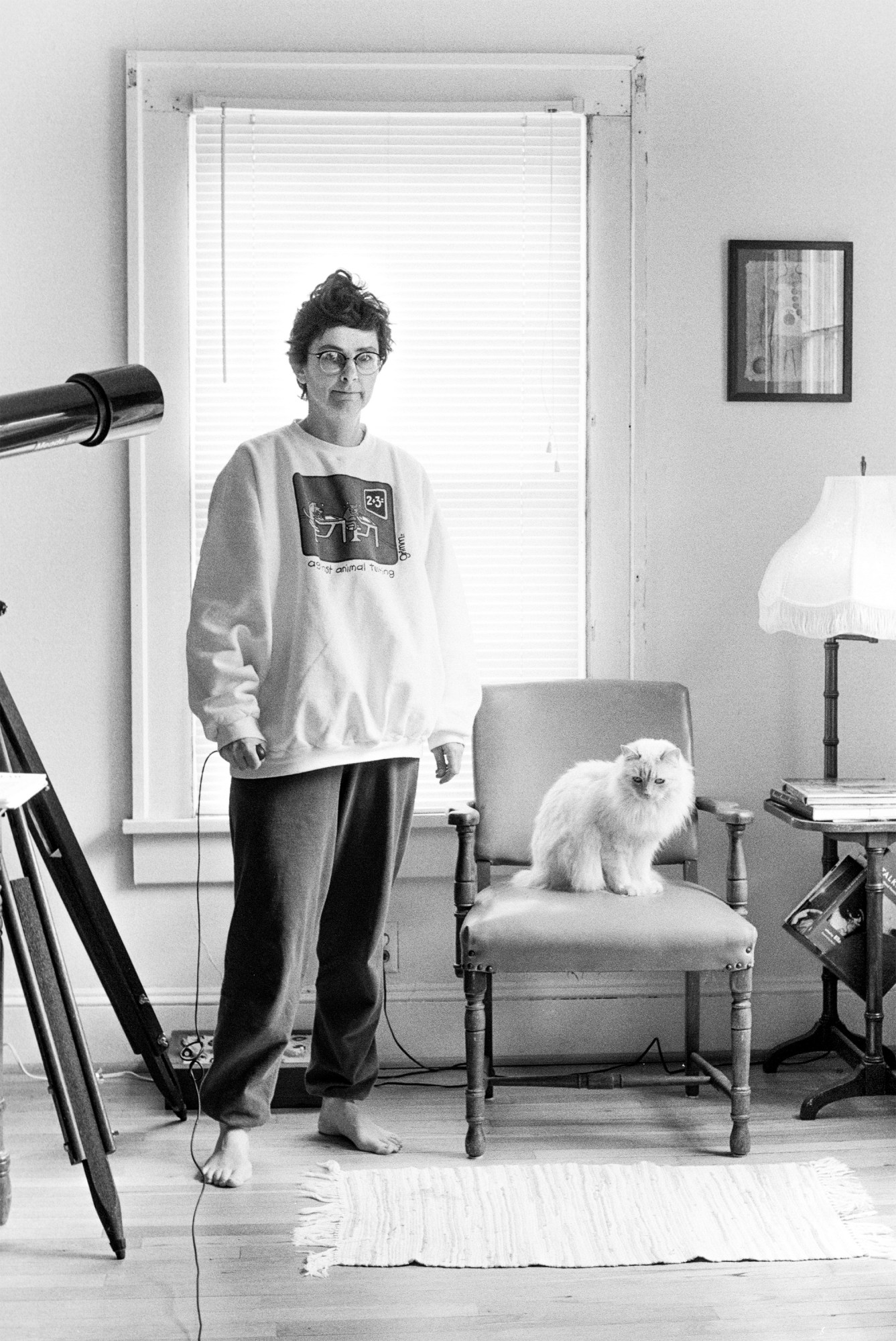
Can you pinpoint a particular moment across all these images, all these images, that feels most visceral when viewings these images?
The photographs created during times of loss continue to hit hard.
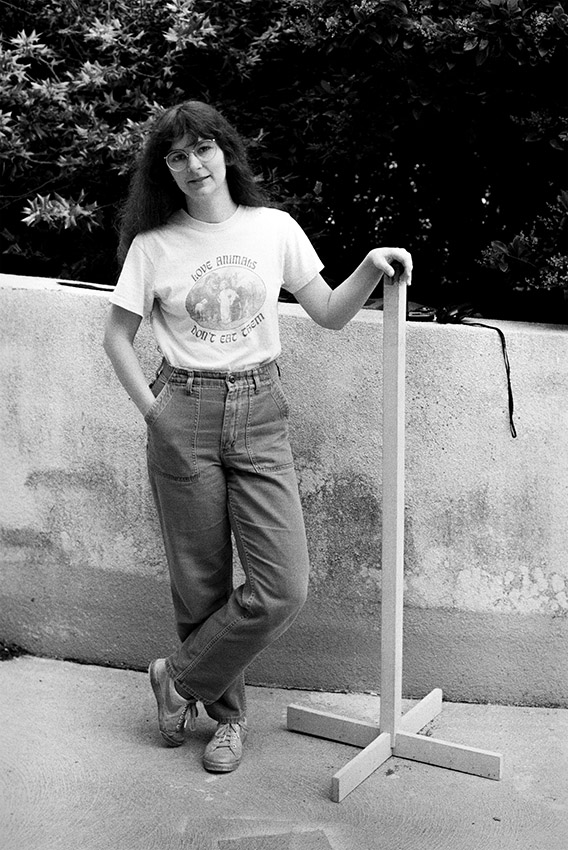
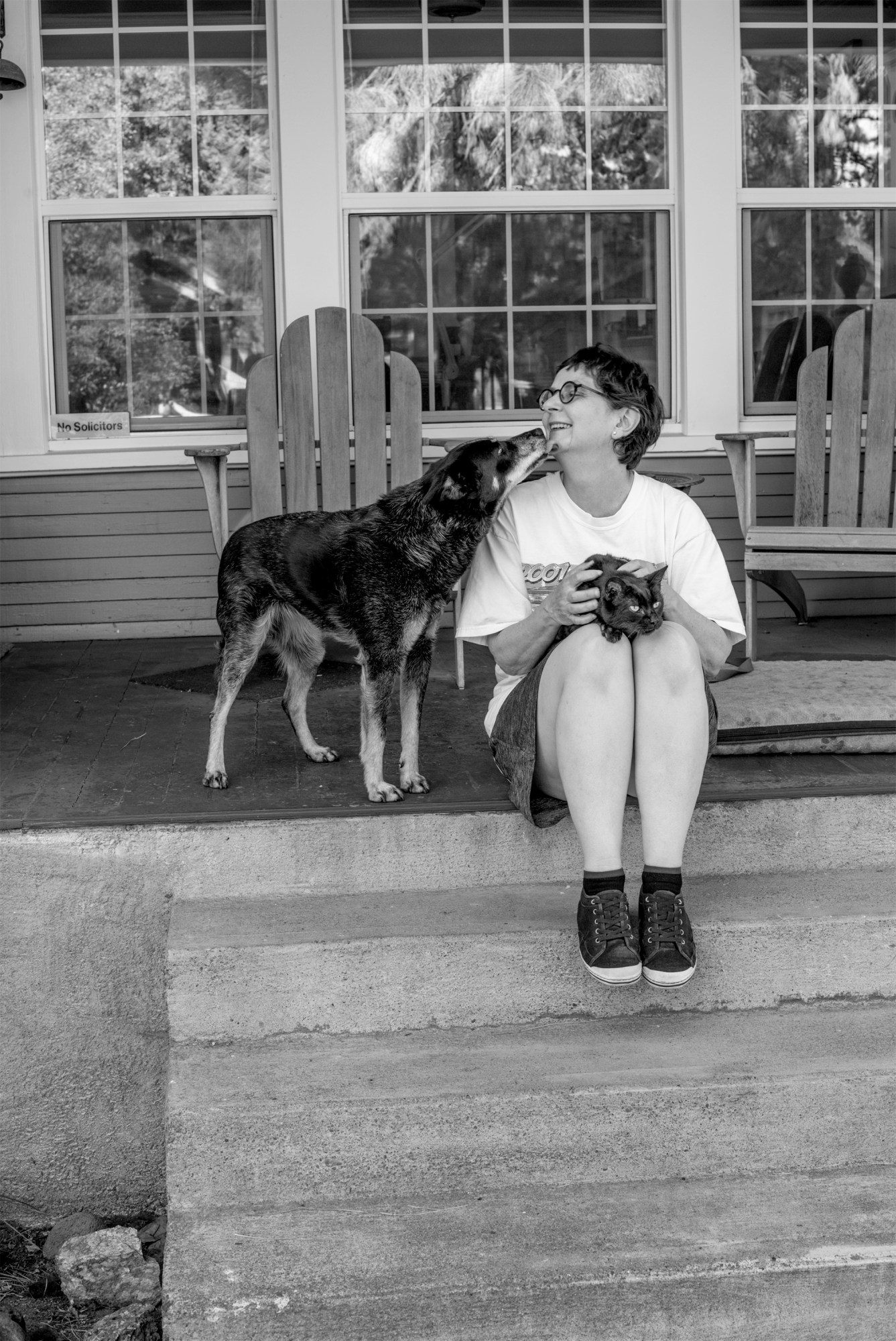
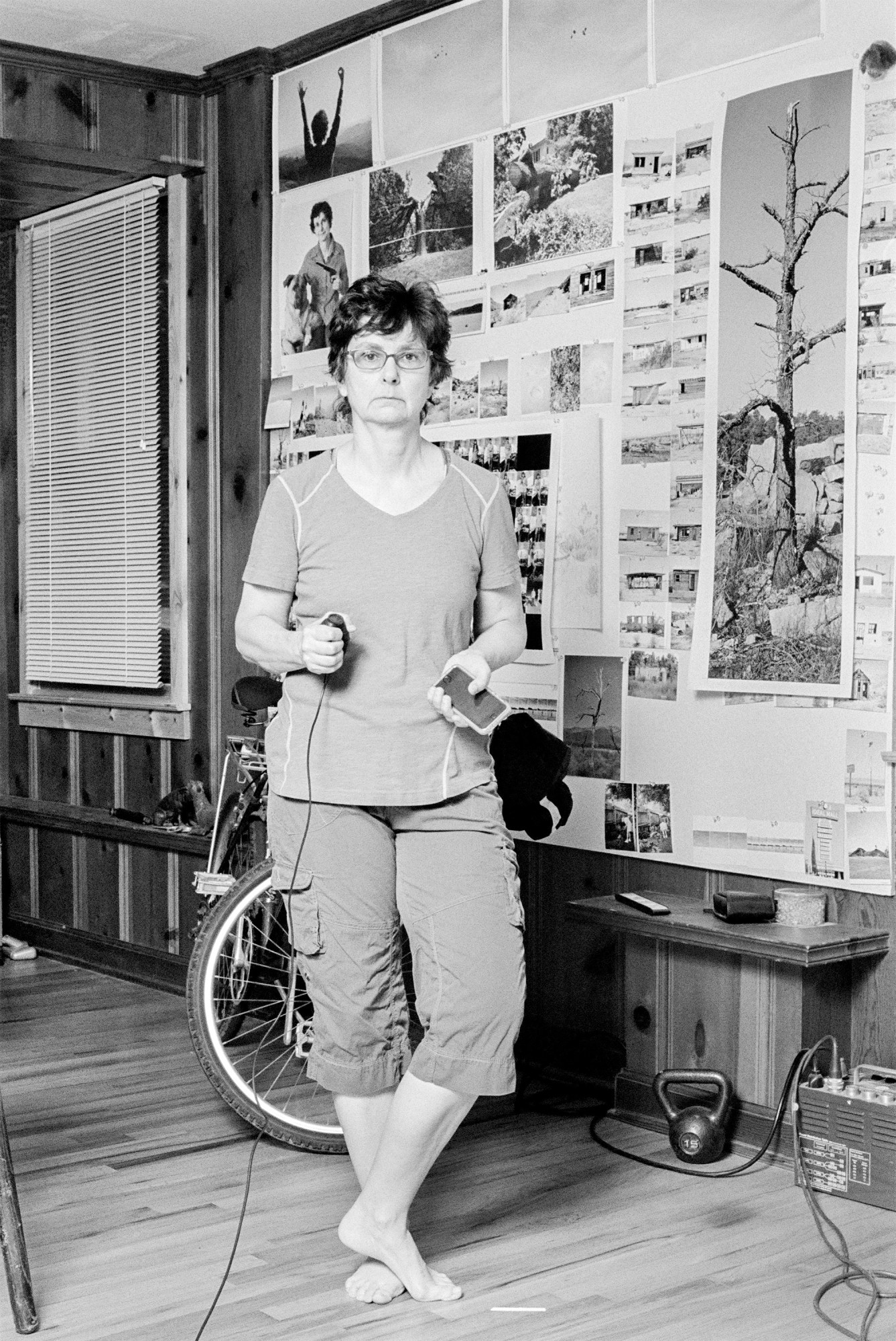
‘Weathering Time’ is the winner of the inaugural ICP / GOST First Photo Book Award and will be published January 2021. It is available for pre-order here.
Credits
All images courtesy Nancy Floyd and GOST

